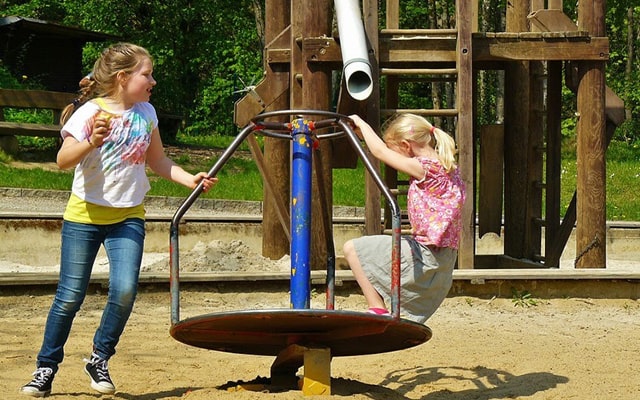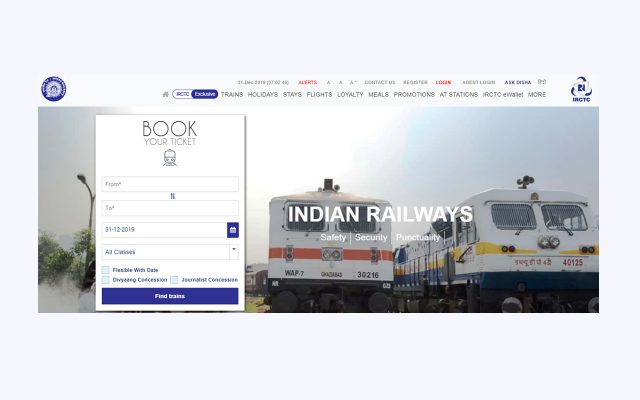Safety Guidelines to Keep Your Kids Safe on Your Backyard Playground Equipment

Playgrounds and outdoor play equipment provide children the opportunity to play in the fresh air, new friends, entertainment, and exercise. However, it is critical to ensure that malfunctioning equipment, unsuitable surfaces, and harmful conduct do not mar the pleasure. Whether your children are racing to the slide during recess at school, fighting for the final swing at the park, or constructing a fort in your backyard playground set, rules must be in place to keep everyone safe. Playgrounds, by definition, maybe hazardous if your children are unfamiliar with basic playground conduct and playground safety guidelines.
It is important for parents to ensure that their children understand how to act on the playground and how to prepare for a safe environment. We put together this safety checklist to go over with your kids before they hit any playground equipment.
General Safety
The most important safety advice to remember is to be alert. When you're rushing around and having a good time, it's easy to forget to pay attention, yet that's when accidents are most likely to happen. However, by paying attention to safety, you can keep yourself and others safe.
The Use Zone is one of the most crucial things to be mindful of. This refers to the space under and surrounding a piece of playground equipment where the person utilizing it should be allowed to move around. This prevents people from rushing into, landing on, or striking one other. This is where taking turns becomes essential so that too many individuals aren't utilizing the same equipment at the same time.
It is also critical to use extreme caution when it comes to playground equipment. Some portions of the playground may have sharp edges that you should avoid. Most of the time, this implies it's broken, and an adult should be notified straight away. There are additional areas where you or another person might be squashed or squeezed. When the sun shines on metal or plastic for an extended period of time, it can get very hot and inflict burns when touched.
There may also be equipment where things might become trapped, such as someone's long braided hair, the thread from a hoodie or jacket's hood, or even someone's whole head! This is another reason to make sure your shoelaces are knotted properly. You need to watch the ground where kids were running to keep from tripping over low bars, walls, poles, or other kids.
Equipment Safety
This playground safety precaution is also applicable to public parks. Poorly maintained Inclusive playground equipment is not only less enjoyable, but it may also be dangerous for children to play on. Examine the swings for splintered wood, broken swing seats, sharp edges on metal frames, sharp metal swing chains, and anything else that might endanger children. More information about checking a playset may be found here. Make it clear to your children that they should not walk too near in front of or behind other children who are swinging. Some youngsters can swing quickly and inadvertently knockdown or hurt other kids.
Climbing Equipment Safety
Climbing gear comes in a variety of shapes and sizes, such as rock climbing walls, arches, and vertical and horizontal ladders. It is frequently more difficult for children than other types of playground equipment.
Make sure your children are aware of a safe way down in case they are unable to complete the climb. Climbing equipment is the source of most injuries on public playgrounds. When not built or utilized appropriately, this can be hazardous. Adult monitoring is especially critical for younger children.
Climbing equipment may be used securely if children are taught to hold both hands, to keep far behind the person in front of them, and to be cautious of swinging feet. When they drop from the bars, they should be able to leap down without collapsing on the apparatus. Remind children to land on both feet with their knees bent.
Slide Safety
Slides can be great if used correctly. When going up, make sure to take the ladder or stairs one step at a time and hold onto the handrail. Don't climb up the slide itself, as someone else might be coming down. Once at the top, always check the bottom to make sure that it is clear. Go down feet first, never head first, and only one person at a time. At the bottom, move out of the Use Zone right away so that it is clear for the next person to come down.
If we follow these easy steps, everyone will get a turn. If we remember our Use Zones, pay attention, and be respectful, together, we can keep our playgrounds a fun and safe place for everyone!
Playground Design Safety
The most significant criteria in determining a playground's safety are correct surface, design and spacing, and equipment inspection and maintenance. A safe playground surface is one of the most critical elements in decreasing injuries – and the degree of injuries – that occur when children fall from playground equipment. The ground beneath the playground equipment should be soft and thick enough to cushion the force of a child's fall.
Sudden weather disruptions can be difficult for your children and depress their spirits. Furthermore, children who are overly exposed to the sun get dehydrated. Picnic Shelters are the best way to protect and watch the kids on the playground.
To protect children from the strong heat and rain, use a canopy or a shade structure. This will lower their chances of becoming sunburned or offer them with a place to keep dry. Give your children another incentive to go outside and have fun.







